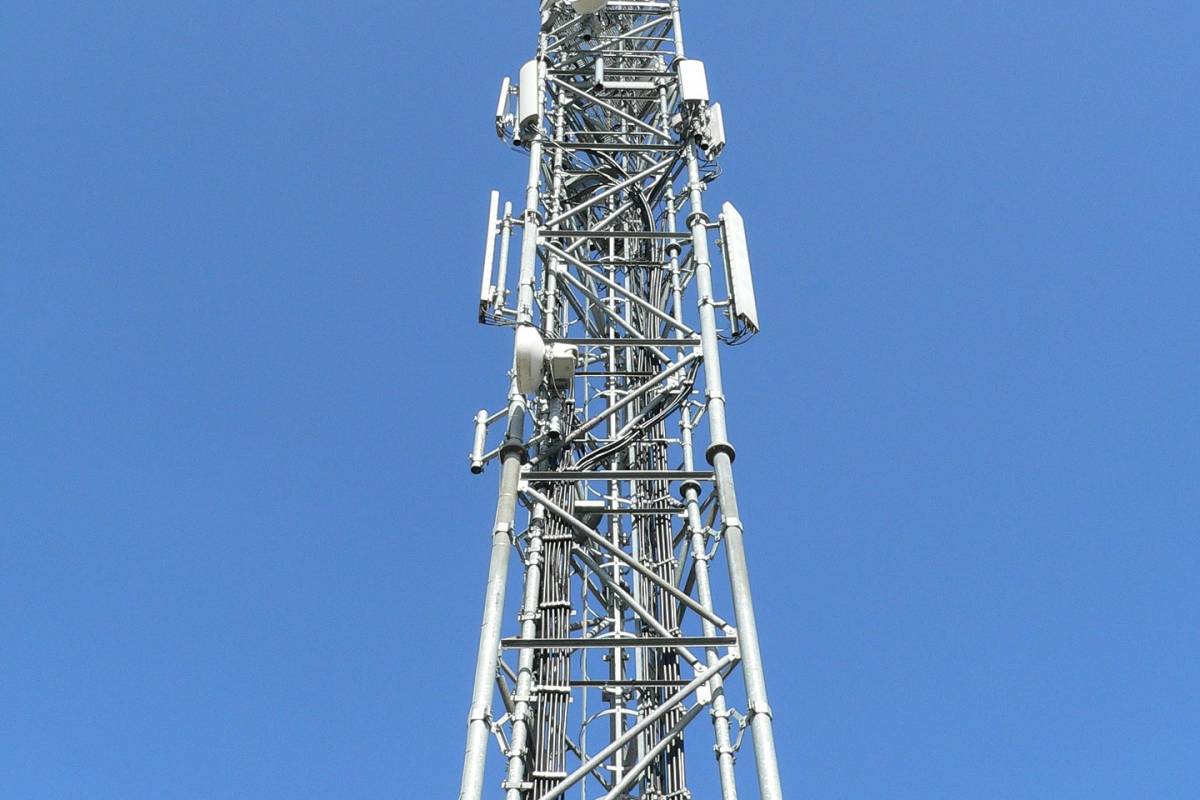The next-generation connectivity technology, 5G will be an essential part of the digital Indian ecosystem. While 5G’s use cases suggest that it will add to the country’s growth, broadcasters are worried that it might harm the satellite TV and radio services in India. The broadcasters have said that a buffer zone should be created between the frequencies of the TV and telecom services to ensure that both can operate without any interference from one another.
Adequate Separation Required in Bands to Ensure Smooth Operations
The government has decided to allocate frequency in the 3.0-3.6 GHz band to the telcos for rolling out 5G services. It is worth noting that all the TV channels in India operate between the frequency of 3.7 GHz to 4.9 GHz. Thus, the broadcasters are a little worried about 5G interrupting the radio and satellite TV services. According to a TOI report, the broadcasters have said that a difference of 100 MHz between the 5G band and the satellite TV band is ‘crucial’. It needs to be there for ensuring the smooth functioning of the TV industry in India. CEO and MD of Times Network, M K Anand, has said that while 5G is crucial for India’s growth, it should be rolled out in a manner in which it doesn’t affect the broadcasting industry that includes both satellite TV and radio services. Anand said that ‘adequate separation’ between the bands is necessary so that both the industries can provide their services without any interruptions. The government should hear the worries of the broadcasting industry. But 5G is yet to arrive in India. The next-generation network’s commercial rollout is not expected until the end of this year or early 2022. The 100 MHz difference in the frequency bands of both the telecom services and the satellite TV services will be important for the government.
